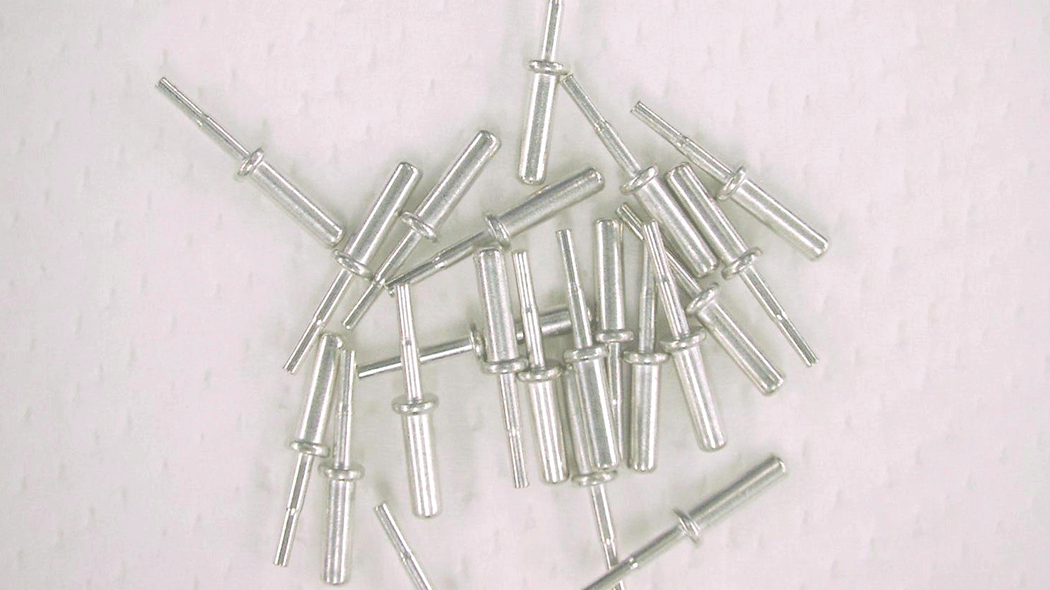FAQ – About parts manufacturing
Get quick answers to some questions most often asked about our services.
-
With cold forming, it is more cost effective to produce large quantities using the same die, so we recommend minimum orders of 10,000+ parts.
-
Depending on the size of part and the production machines used, we are capable of producing several hundred million parts per month. Depending on the machine used, we also have the option to build machines in-house to expand our capacity as needed. Please contact us for a production capacity estimate for your product.
-
We can work with a wide range of metals, including pure iron, carbon steel, stainless steel, copper, brass, aluminum and other metals. We can also consider processing special materials provided by the customer. Please contact us to discuss your material requirements.
-
Φ0.0039in ~ Φ0.9842in(Φ0.1 mm ~ Φ25mm).
Depending on your desired part size, we may be able to modify our in-house equipment to meet your needs. -
0.0394in ~ 47.24in(1mm ~ 1200mm).
We can also offer special processing of long parts. Please contact us to discuss your requirements here. -
It is possible to control dimensions down to the μm (0.0004in) range, but this depends greatly on the geometry and material of the part in question. Please contact us for questions regarding tolerances and precision.
-
We handle many kinds of heat treatment in-house. For certain types, we utilize external contractors.
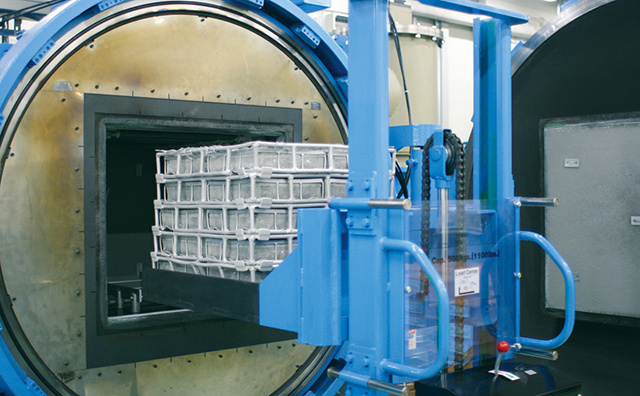
Types of Heat Treatment
- Quenching and Tempering
Quenching is done to increase the hardness of metals. Although quenching increases hardness, it also makes the metal less tough and more brittle, so tempering is often performed after quenching to restore some of the material's toughness.
- Annealing
Quenching is done to increase the hardness of metals. Although quenching increases hardness, it also makes the metal less tough and more brittle, so tempering is often performed after quenching to restore some of the material's toughness.
- Normalizing
This heat treatment is performed to remove the internal deformation of a product caused during a forming process, to restore the metal structure to its normal state, or to make its crystal grains finer. It also enhances the strength and ductility of metals.
- Carburizing
This heat treatment hardens the surface of material. The degree of hardening depends strongly on the amount of carbon, which means that only the surface of a product can be hardened while allowing its internal structure to remain soft. This technique is commonly used to provide products with both wear resistance and toughness properties.
- Nitriding
This heat treatment exposes iron or a titanium alloy to a high-temperature nitrogen atmosphere to allow nitrogen to diffuse into the surface of the metal, thereby hardening the surface. The process causes little change in material dimensions and enables the manufacture of products with superior wear resistance. -
Yes. We do much of our plating at our subsidiary, Wako Riken. For certain types of plating, we work with external plating companies. We provide zinc, copper, nickel, tin, gold, silver, rhodium, and chromium plating among others. Contact a sales representative for more information.
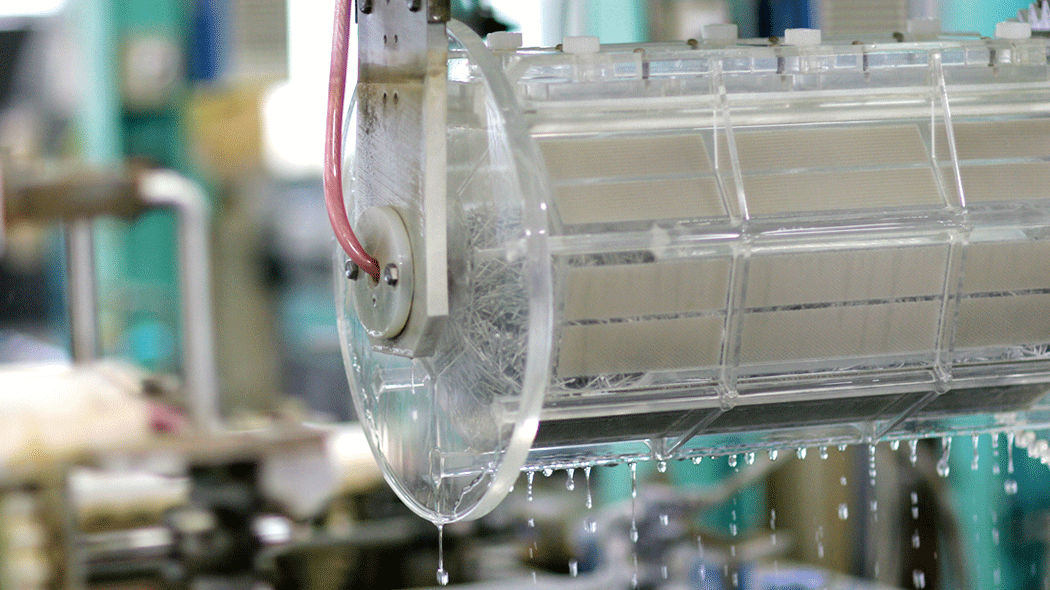
Types of Metal Plating
Zinc Plating
Iron and steel materials, which are prone to rusting, are commonly plated with zinc to protect against corrosion. After the plating process, the zinc plate is typically coated with chromate to further enhance the corrosion resistance. (Example: trivalent chromate plating)
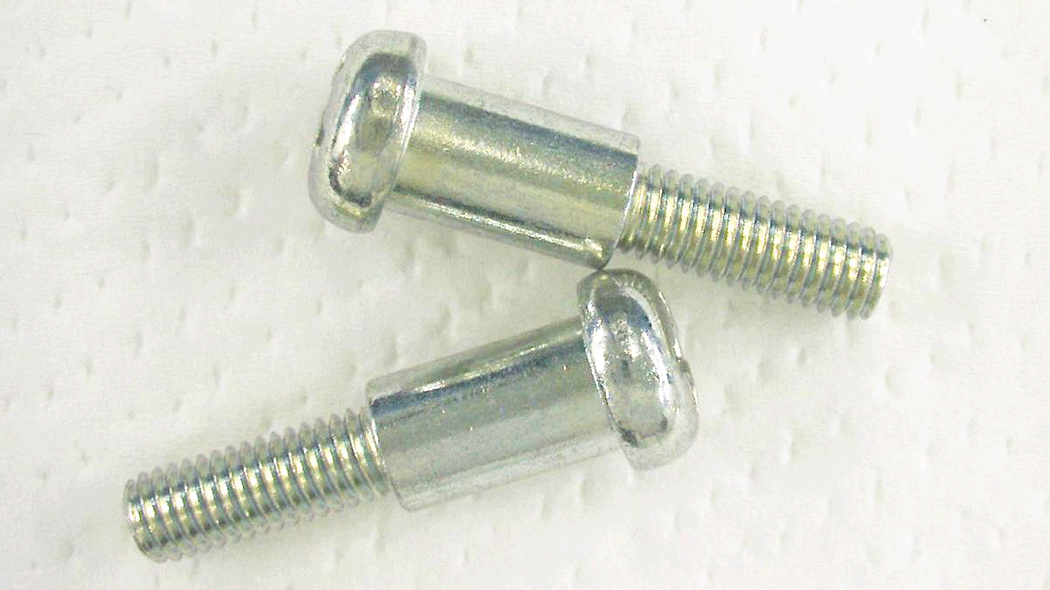
Copper Plating
Copper plating provides excellent electrical conductivity and leveling and is extensively used as an underplate for electronic parts and decorative plating.
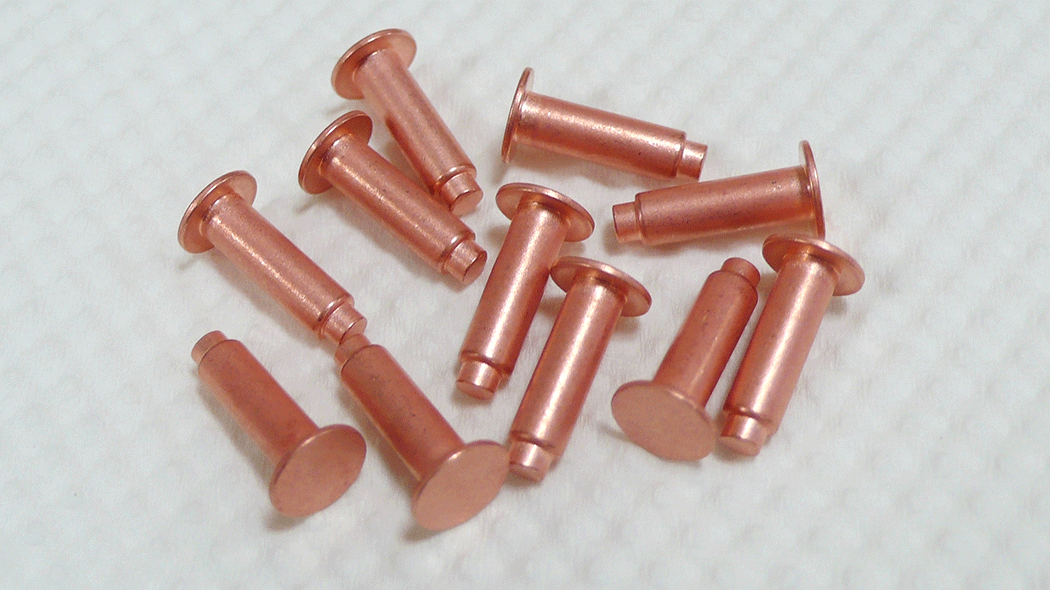
Nickel Plating
Nickel, which resists air and humidity much better than iron, is commonly used for anti-corrosion (anti-rust) and decorative applications.
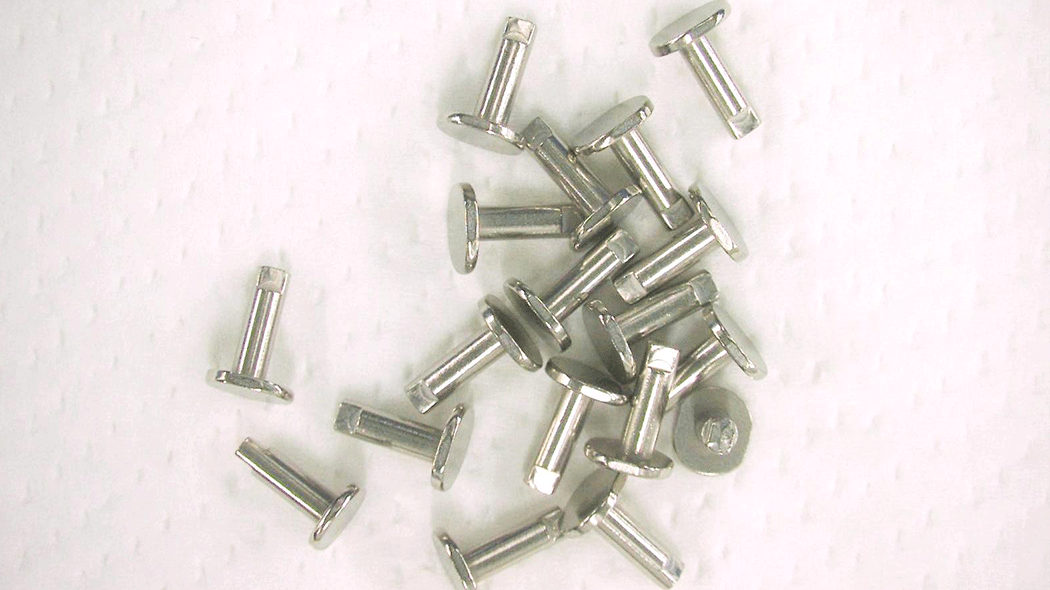
Electroless Nickel Plating
Unlike nickel electroplating, this plating technique provides a uniform coating even on products with complex geometries.
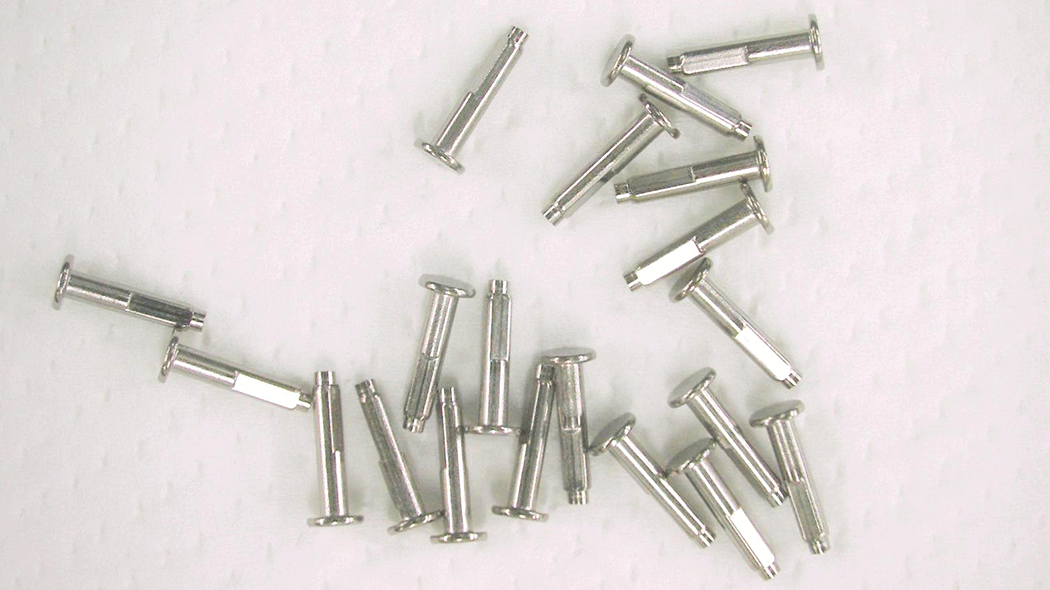
Tin Plating
Tin plating, which provides a superior white luster and good solderability, is commonly applied to electronic parts.
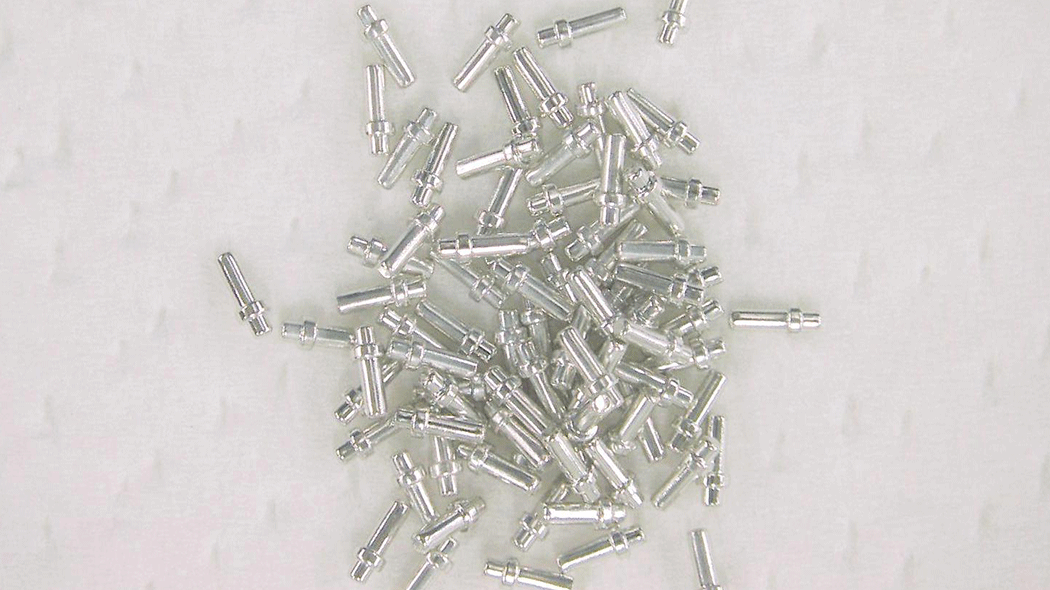
Gold Plating
Gold plating provides low contact resistance as well as superior corrosion resistance, oxidation resistance, as well as excellent electrical and thermal conductivity.
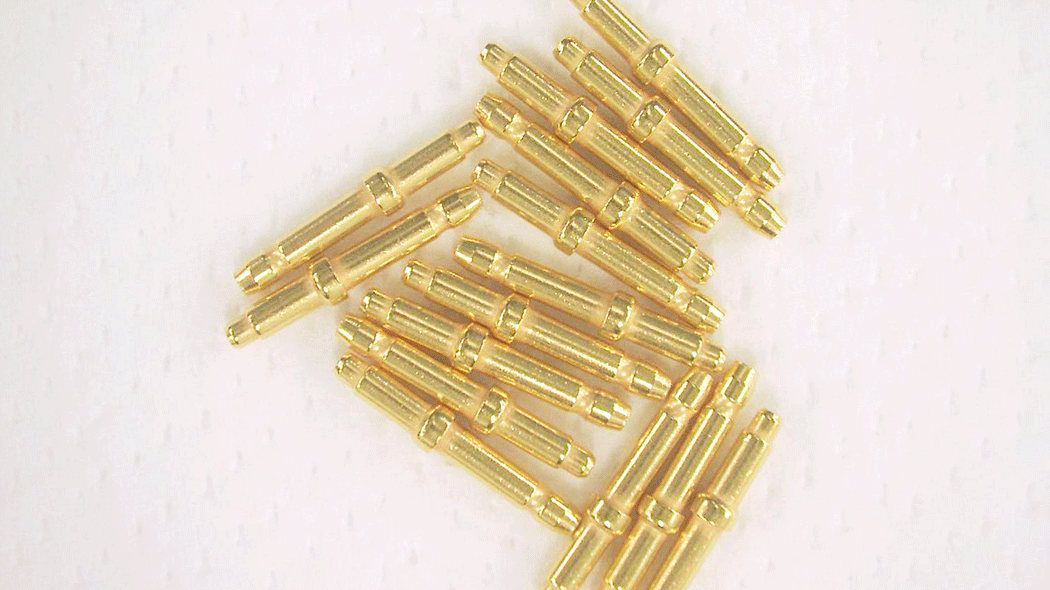
Silver Plating
Silver plating, which provides superior electrical conductivity, is commonly applied to electrical contacts and connectors.
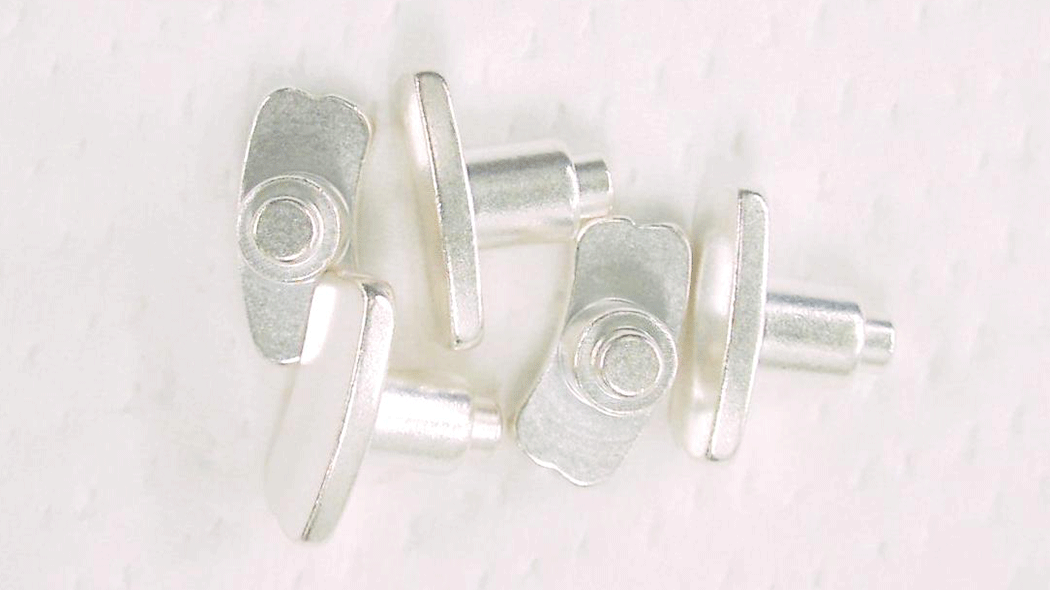
Rhodium Plating
Rhodium plating, which provides superior corrosion resistance, high reflectance, and a beautiful white luster, is commonly applied to accessories
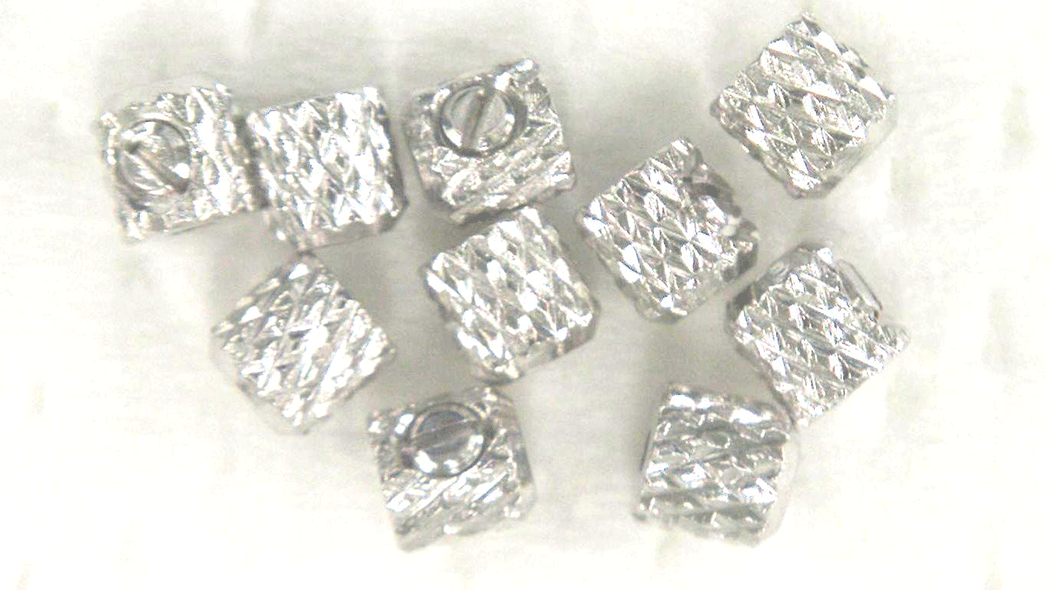
Chrome Plating
Chrome plating, which provides a beautiful metallic luster and superior corrosion resistance, is commonly used for decorative applications. It is also used for industrial applications, where its superior lubrication and anti-wear properties contribute significantly to reducing the costs of industrial products.
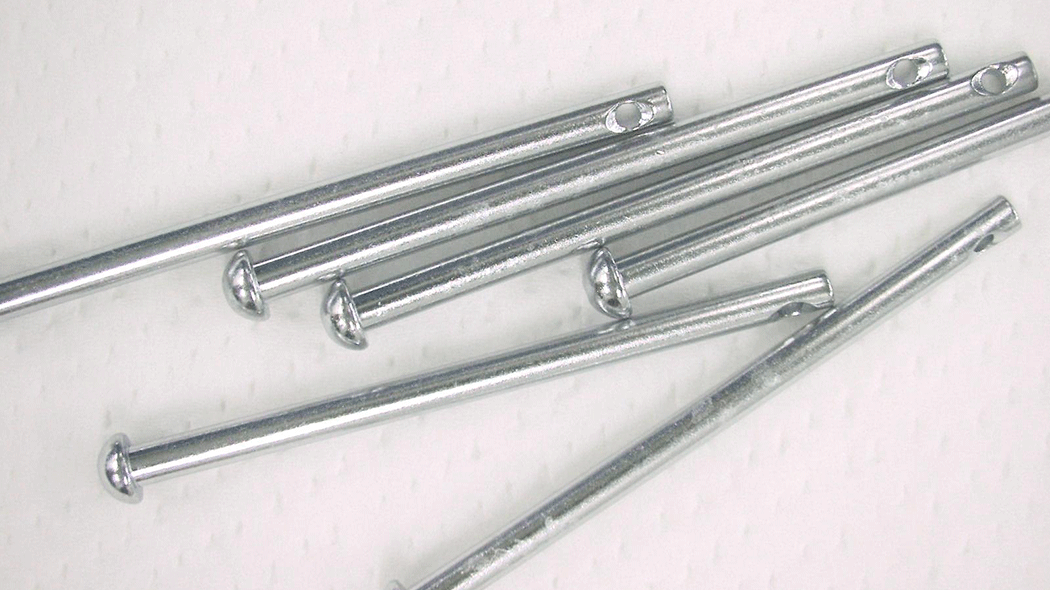
Other Types of Plating Provided
We also offer zinc-nickel plating (for corrosion resistance and thermal resistance), tin-cobalt plating (for discoloration resistance), and more.
